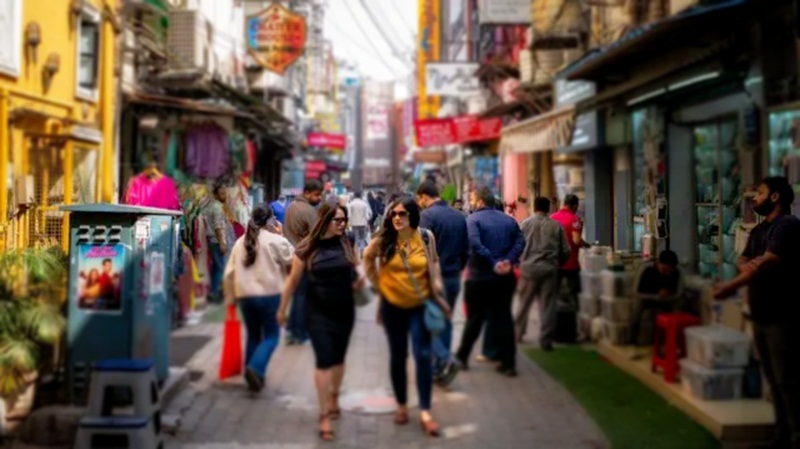India, with a population of over 1.4 billion, has nearly 1 billion people (100 crore) who cannot afford to spend on non-essential goods or services, according to media reports citing a study by venture capital firm Blume Ventures. This indicates that around 90% of the population lacks the financial means for discretionary purchases.
The study estimates that only 130-140 million (13-14 crore) people in India belong to the “consuming class,” having disposable income beyond basic needs. These individuals form the primary market for startups and consumer-driven businesses.
Additionally, around 300 million (30 crore) people are categorized as “emerging” or “aspirant” consumers. While their spending has increased, aided by digital payment convenience, they remain cautious buyers.
The report identifies aspirant consumers as “heavy consumers and reluctant payers,” emphasizing their significance in industries such as OTT/media, gaming, edtech, and lending. The adoption of UPI and AutoPay has enabled small-ticket transactions, increasing their engagement in the economy.
The Rise of ‘Premiumisation’
India’s consumer market is shifting towards premiumisation, where companies focus on high-end, expensive products catering to wealthier consumers rather than expanding their reach widely. The report highlights that wealth concentration is increasing, leading to a surge in luxury home and premium smartphone sales, while budget-friendly options face challenges.
K-shaped recovery post-pandemic
The findings reinforce the idea of a K-shaped economic recovery, where the rich continue to prosper while the poor face declining purchasing power.
Wealth concentration widening
According to data cited in the report, the top 10 per cent of Indians now hold 57.7 per cent of national income, up from 34 per cent in 1990. Meanwhile, the bottom half of the population has seen its share decline from 22.2 per cent to 15 per cent.
Economic growth hinges on consumer spending
The report concludes that India’s GDP remains heavily dependent on consumer spending. However, unless income distribution improves, businesses may increasingly cater only to high-income groups, further marginalising a significant portion of the population.
👉 Click here to read the latest Gujarat news on TheLiveAhmedabad.com




